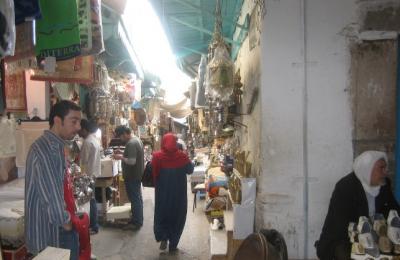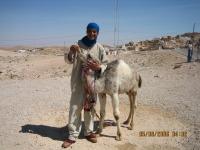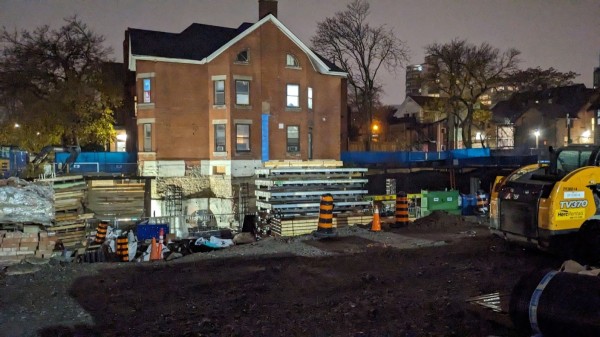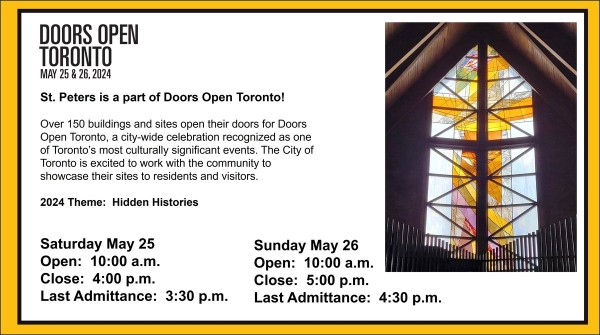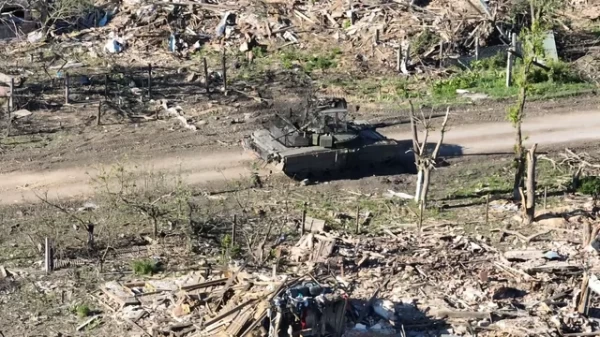As we drove on throught he little town of Võru, approached and left behind by a wide highway, from which the forest on both sides has been lately pushed back, Mrs. Põld, who had joined us, said that this place, now a peaceful market town, had been a robber stronghold for centuries. It could formerly be reached only by a narrow road through dense forests, so dangerous as to give rise to a saying: “Those who travelled to Võru must be heroes indeed’ a saying applied now to anyone who attempts to do something when the odds are heavy against him.
Beyond Võru we came to Petseri - and immediately saw that we were in Old Russia. The men standing about in Sunday leisure were bearded and smocked, with dark trousers tucked into high boots; and many of the women were wearing their native costumes, with big silver ornaments on their breasts, like shields, and so many silver chains they clanked as they moved.
The market-place, surrounded with modern government buildings among the old shops, was empty for Sunday as we drove through it to the monastery, which looks at first sight more like a fortress than a church, because of the great wall that encloses its buildings. We stopped outside the deep-embrasured gate, all gloom within, but leading to beauty.
“John, the Horrible,” said Miss Üprus, “here cut off the head of the abbot who came to meet him, leading a procession of monks and worshippers. When Czar John found it was not an enemy at the head of a band of rebels whom he had killed, but a holy man who wished only to welcome him, he was overwhelmed by remorse. All the rest of his days he came often to do penance here, and bestowed many rich gifts on the monastery.”
Beyond the shadows of the tragic archway the garden, bathed in brilliant sunshine, sloped downward to the courtyard, surrounded with sacred buildings. Directly facing us, across the courtyard, was the colorful splendor of the ancient Uspensky Cathedral, literally built into the opposite bank of the little valley. Originally it was a hillside cave, in which the hermit monk Mark sought retreat from the world. A small congregation of anchorites joined him, and enlarged the cave, digging back from it, deeper into the hill, seven branching tunnels for their burying places. The cathedral itself is hardly more than an architectural front for this cave. Its facade, brilliant with murals as fresh as when first made, supports a number of opinion-shaped cupolas, vivid blue and gold against the brown earth. Almost touching them, the land just rises beyond the sky. It is as if the hill itself had become a cathedral.
Beside this building is a beautiful belfry, of thirteen bells, and before it the Riznitza, or treasure house, an octagonal small building like a jewel-casket.
A bearded monk, his great bunch of keys swinging from his girdle and faintly clashing as he walked, met us at the door of the cathedral. He had long hair and a mitre-shaped hat, and his dark wool robe, double breasted, and fastened on one side with braided frogs looked oddly like a woman’s fashionable long coat. He showed us through the brick-lined caves interior, supported with brick columns, and cluttered with magnificent icons, tall candlesticks, and sumptuous altars. The curtained throne of Iven the Terrible was there, drawn close to the confessional. Even in that humbling moment, when he laid bare his secret soul in confession, he was thus kept apart from his fellow-sinners.
(To be continued)
A Search For a Happy Country, part 3
Järjejutt
TRENDING






